South Coast Botanic Garden 2010
What are we up to in retirement?
South Coast Botanic Garden Has Many Different Sections (Page Two)

87 acres provides a load of walking options
Did you know? - The natural breakdown of material in a landfill creates a gas made up mostly of carbon dioxide, methane, and some volatile organic compounds (VOCs). This gas can be harmful if it gets into the air where people and animals might breathe it, and it can cause explosions if it is allowed to build up in closed spaces. The Sanitation Districts use a gas collection system at the landfill to capture this gas and burn it as fuel.
The natural breakdown of material in a landfill creates a gas made up mostly of carbon dioxide, methane, and some volatile organic compounds (VOCs). This gas can be harmful if it gets into the air where people and animals might breathe it, and it can cause explosions if it is allowed to build up in closed spaces. The Sanitation Districts use a gas collection system at the landfill to capture this gas and burn it as fuel.
Mother Nature Knows Her Reds
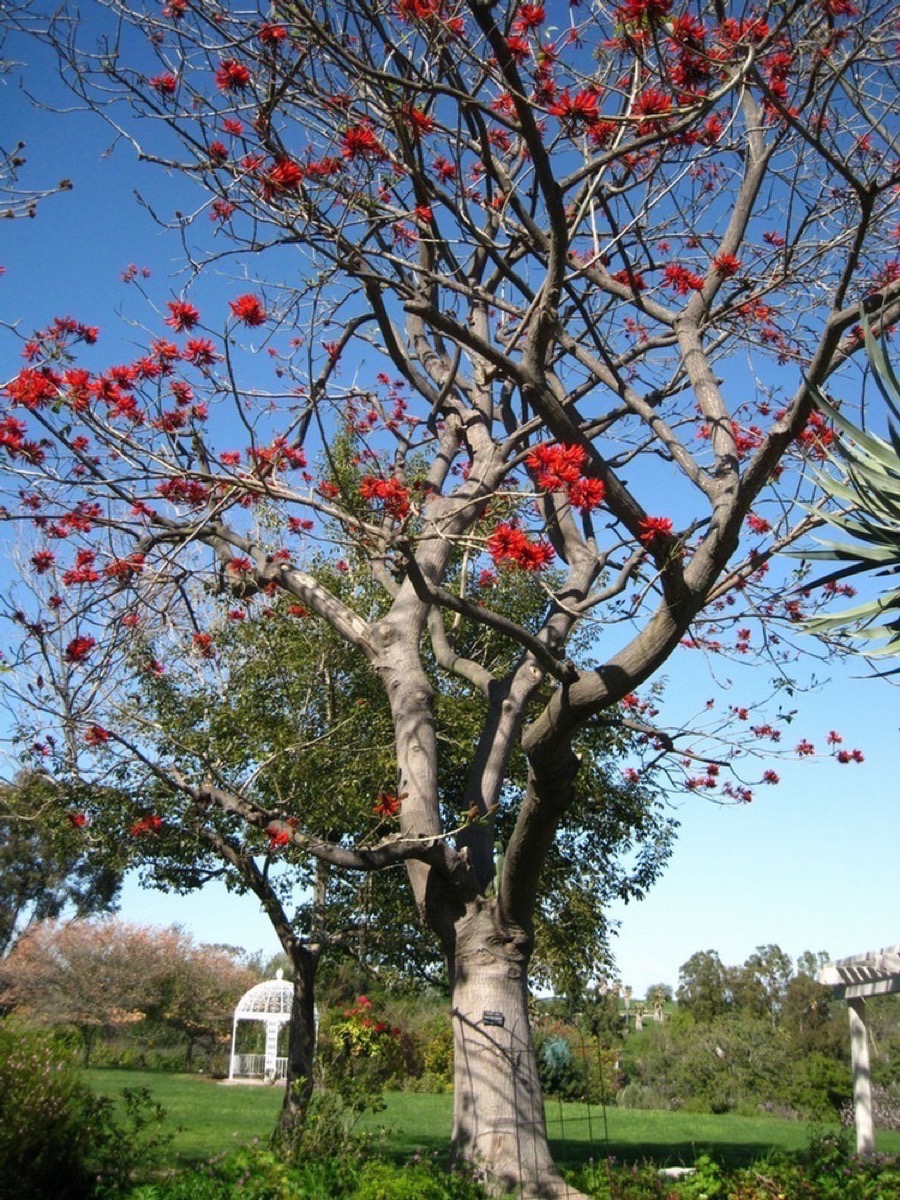
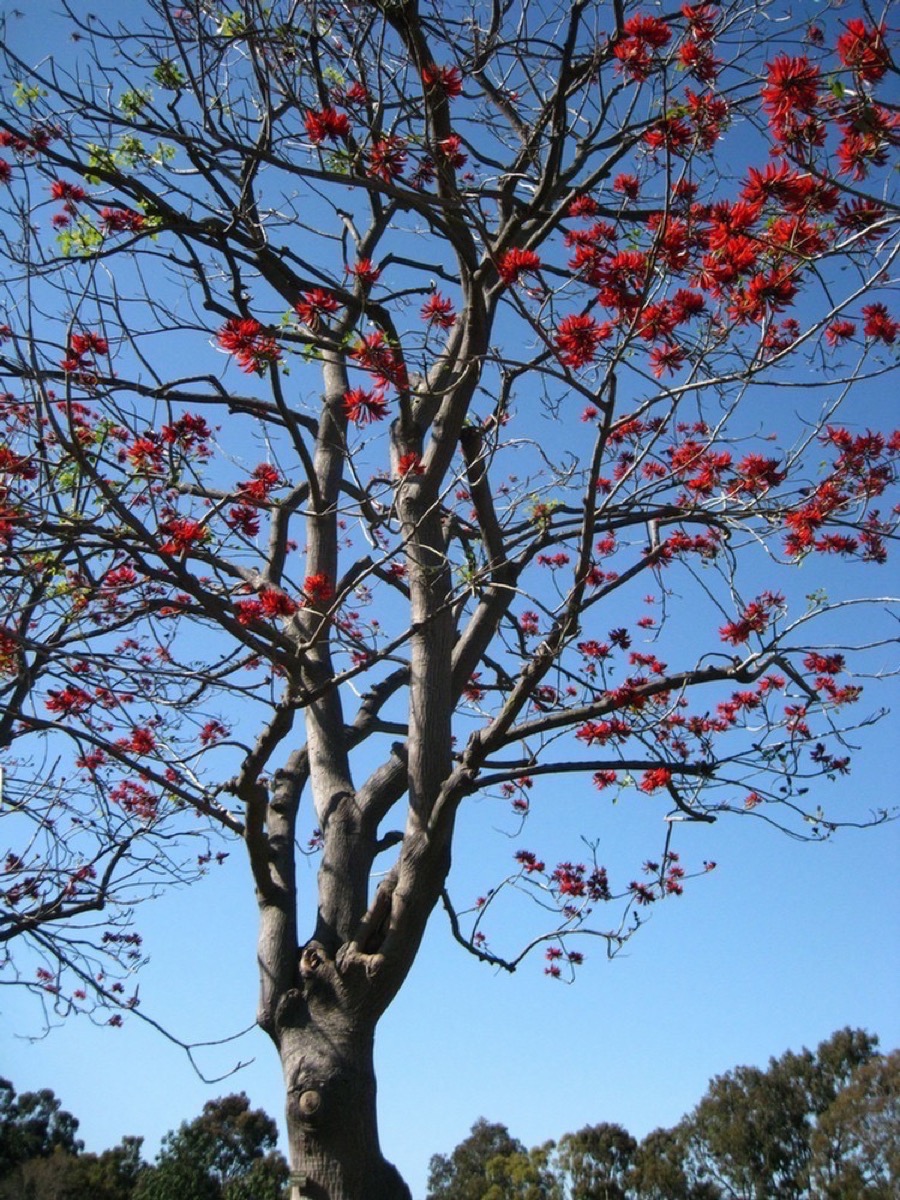

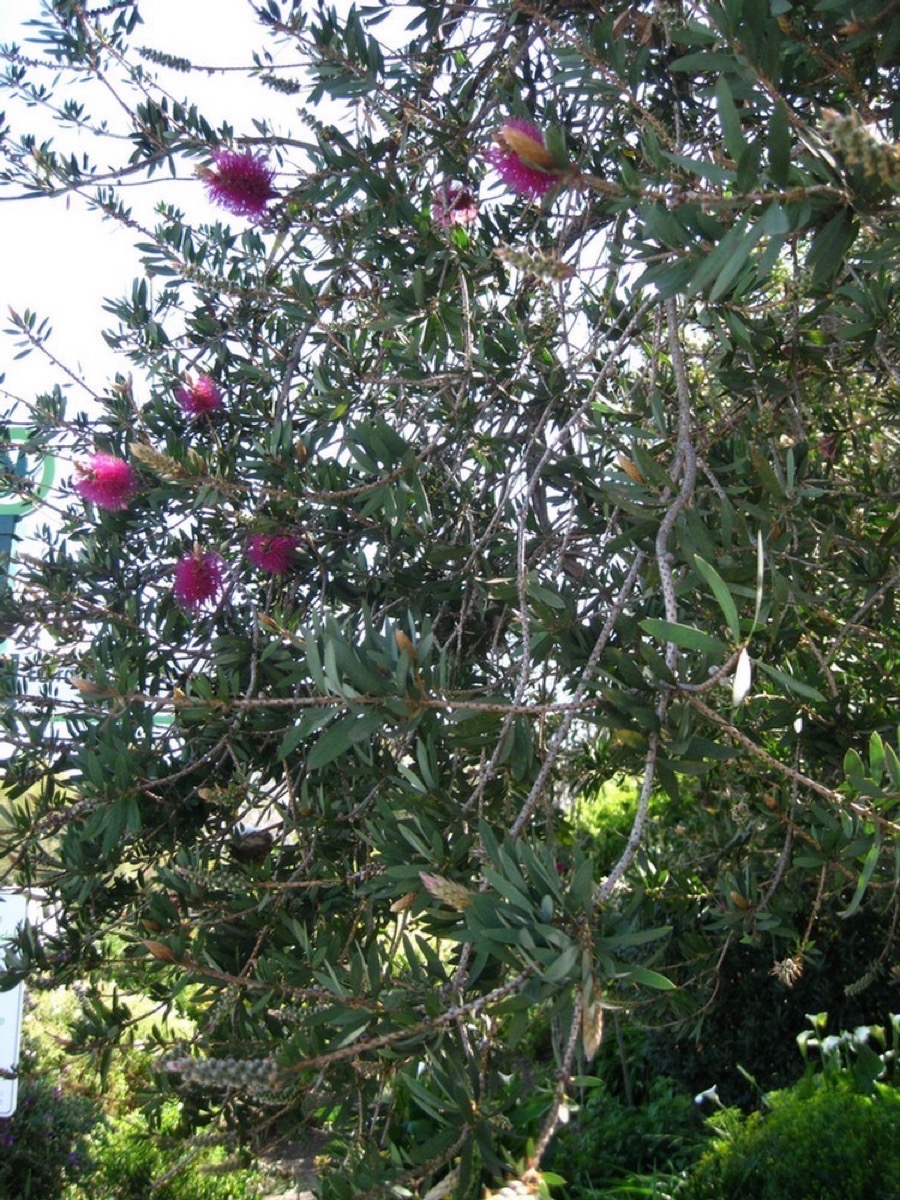
The
Australian Bottle Brush Tree
Did you know? - Bottlebrush (Callistemon) is a genus of 34 species of shrubs in the family Myrtaceae. The majority of Callistemon species are endemic to Australia; four species are also found in New Caledonia. They are commonly referred to as bottlebrushes because of their cylindrical, brush like flowers resembling a traditional bottle brush. They are found in the more temperate regions of Australia, mostly along the east coast and south-west, and typically favour moist conditions so when planted in gardens thrive on regular watering. However, at least some of the species are drought-resistant.
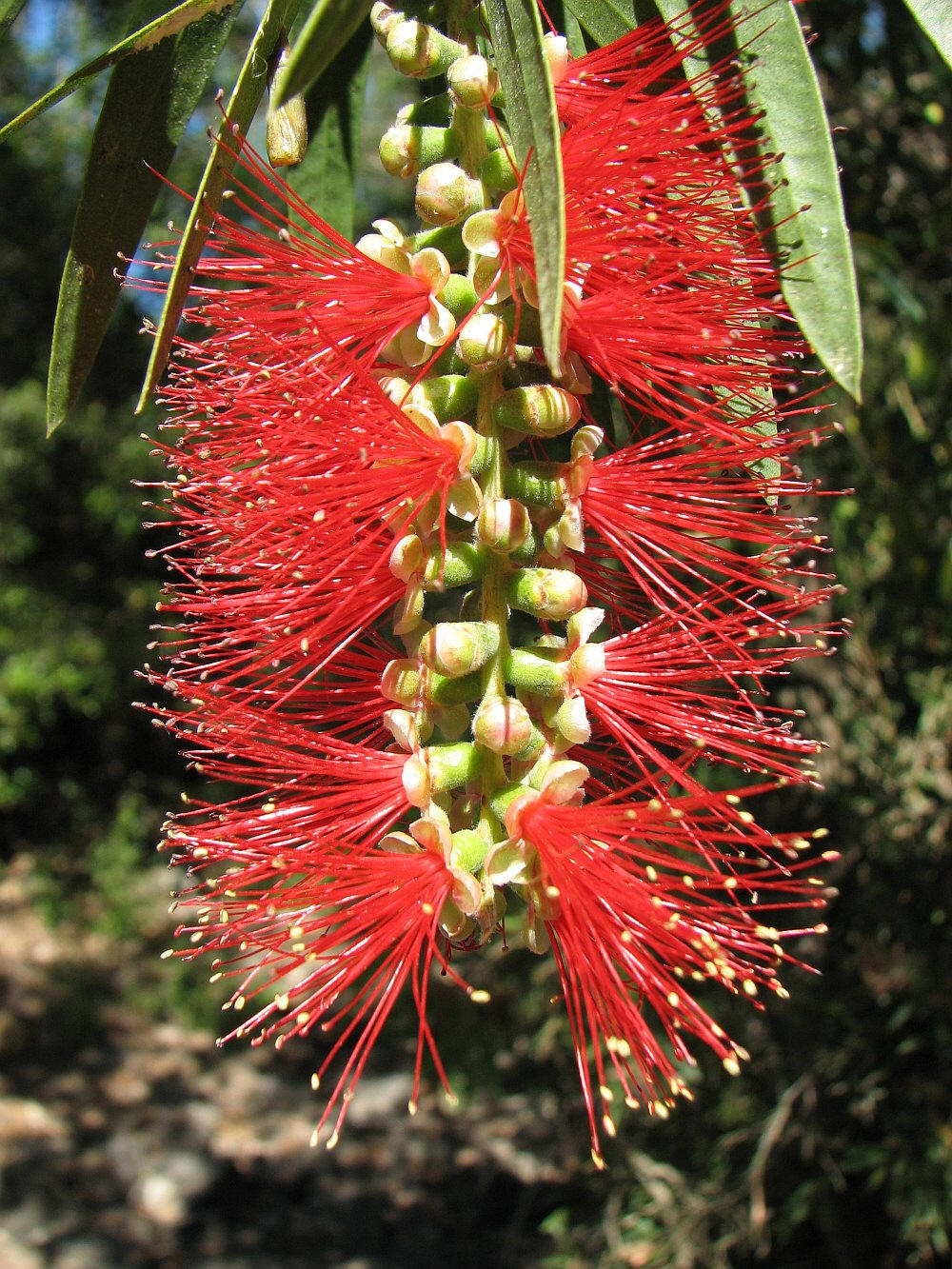
The Bottle Brush

The Rose Garden is a little bare in the winter
We Enter The Cactus Garden
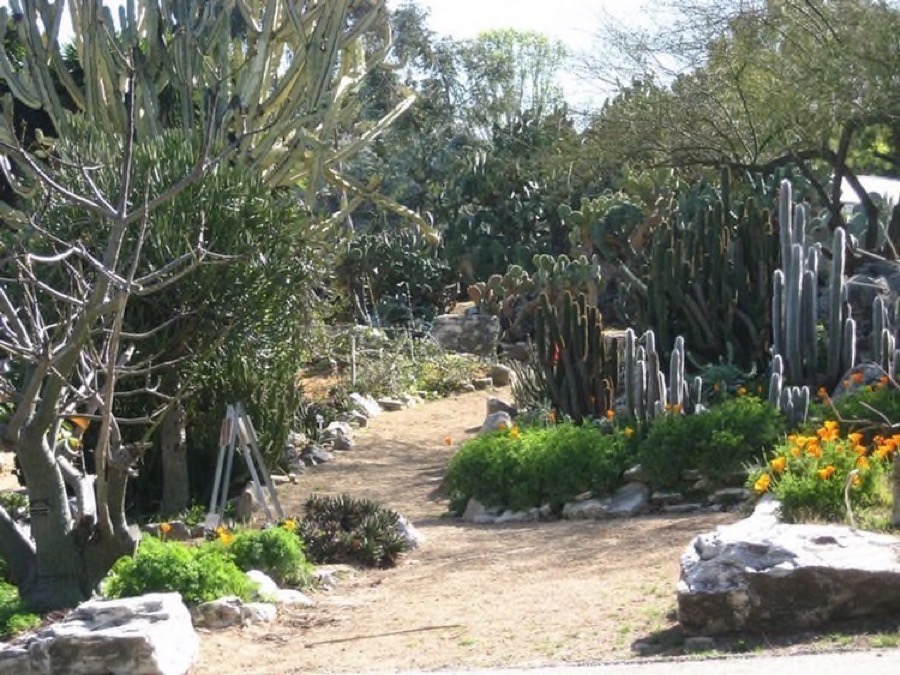
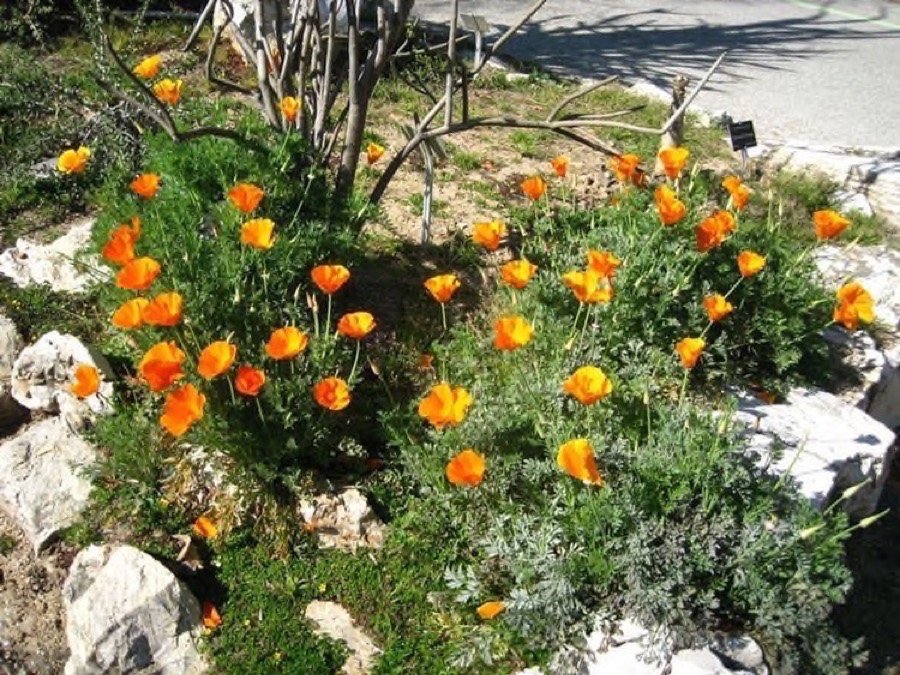
The poppies were beautiful
Did you know? - A poppy is any of a number of colorful flowers, typically with one per stem, belonging to the poppy family. They include a number of attractive wildflower species with colorful flowers found growing singularly or in large groups; many species are also grown in gardens. Those that are grown in gardens include large plants used in a mixed herbaceous border and small plants that are grown in rock or alpine gardens. Poppies on Lake Geneva in Montreux.
The flower color of poppy species include: white, pink, purple, yellow, orange, red, and blue; some have dark center markings. The species that have been cultivated for many years also include many other colors ranging from dark solid colors to soft pastel shades. The center of the flower has a whorl of stamens surrounded by a cup- or bowl-shaped collection of four to six petals. Prior to blooming, the petals are crumpled in bud, and as blooming finishes, the petals often lie flat before falling away
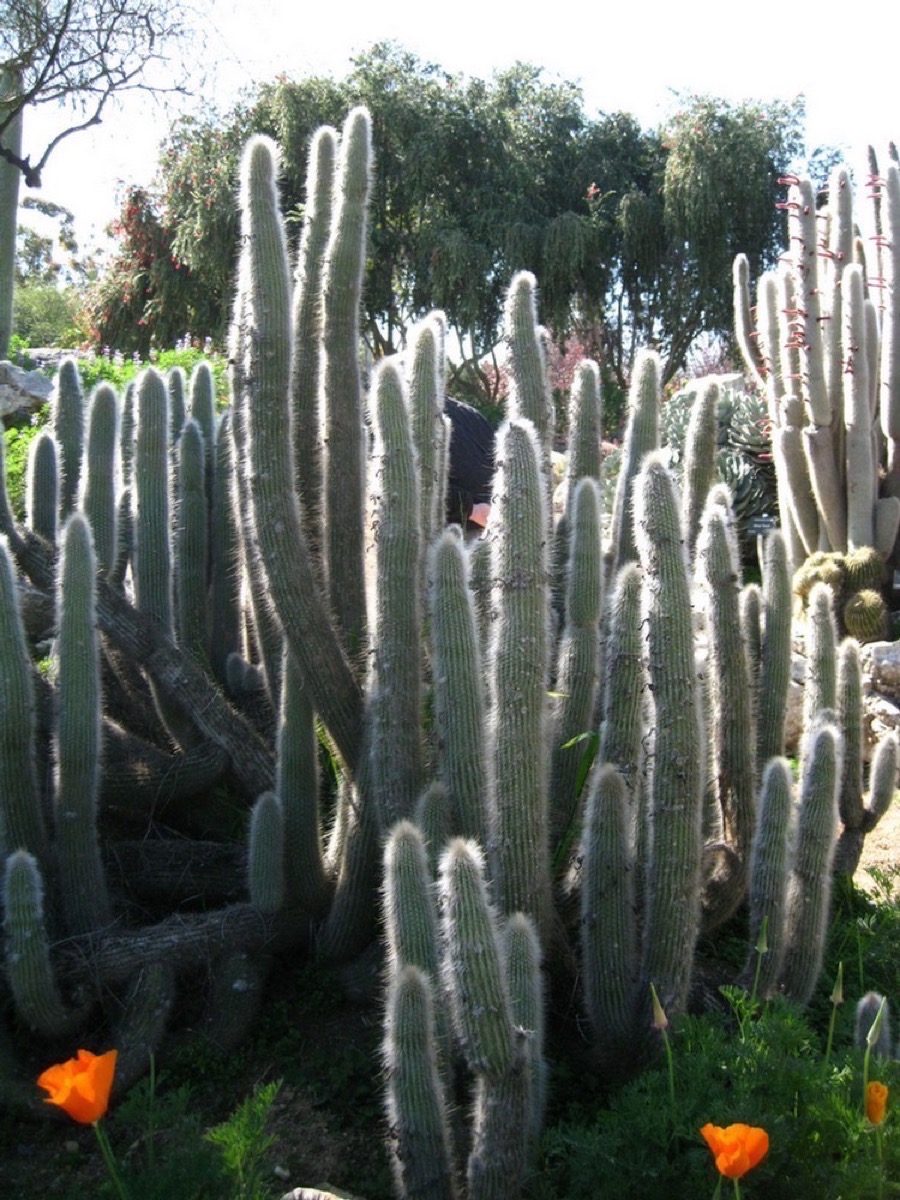
Fuzzy cactus are beautiful...

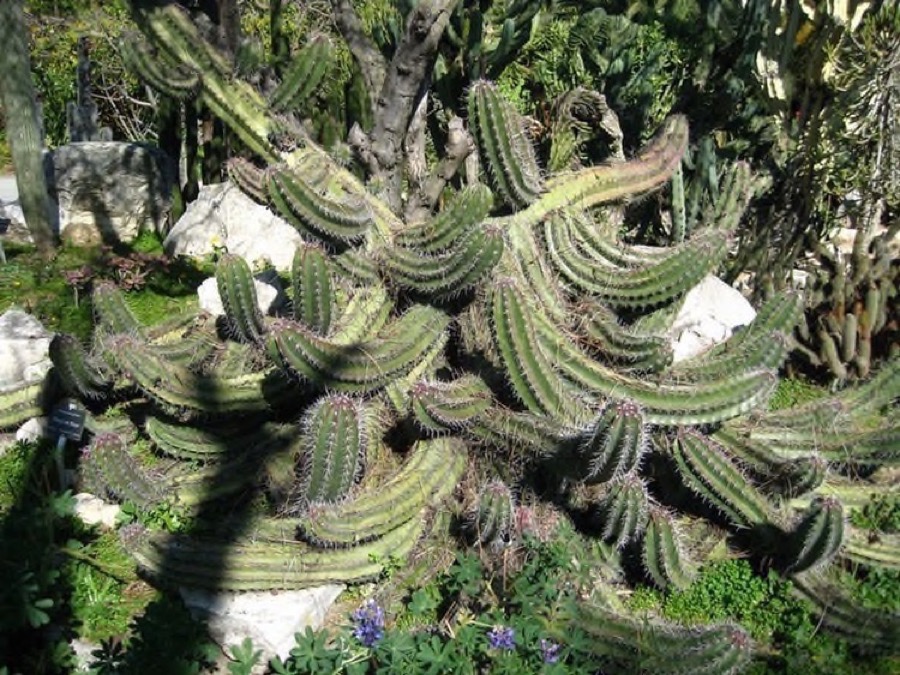
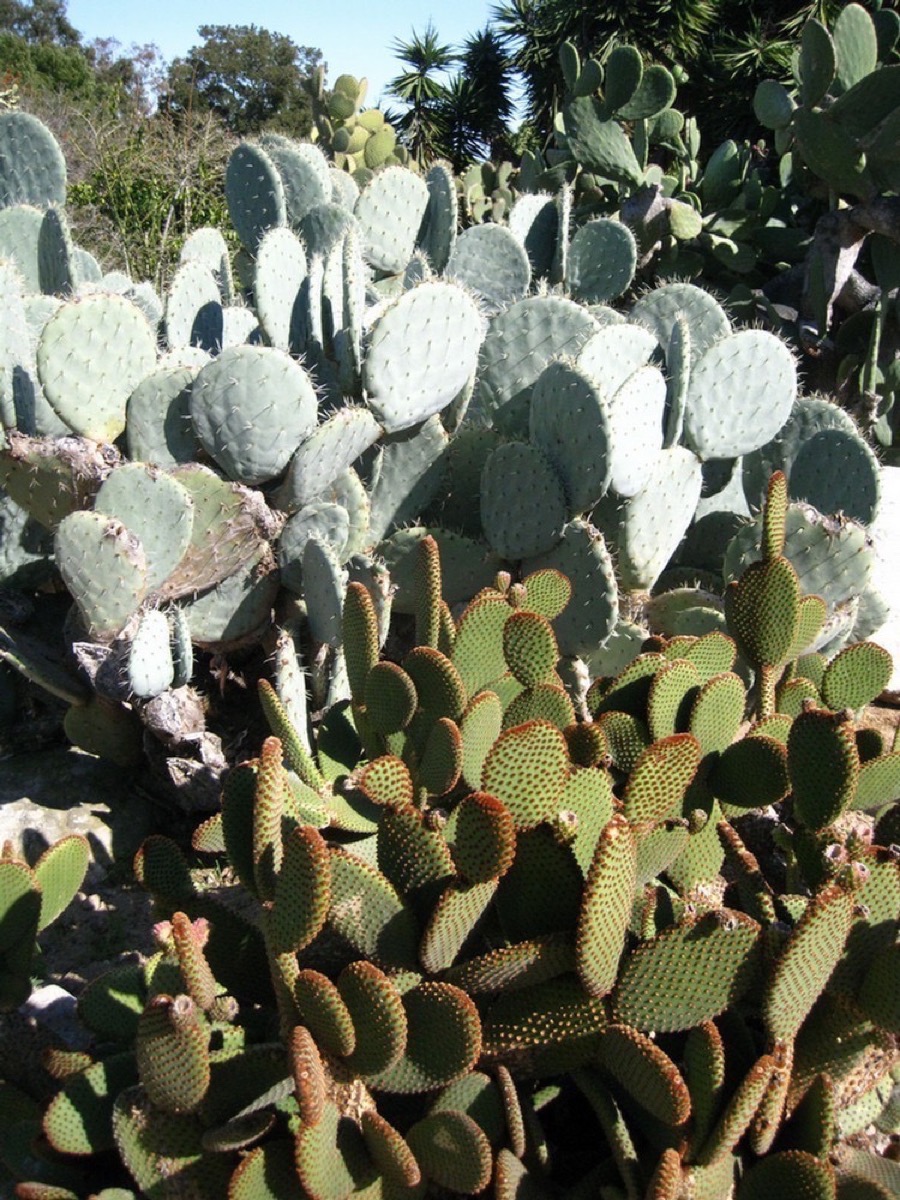
Did you know? - Cacti are unusual and distinctive plants, which are adapted to extremely arid and/or semi-arid hot environments, as well as tropical environments as epiphytes or hemi-epiphytes . They show a wide range of anatomical and physiological features which conserve water. Their stems have adapted to become photosynthetic and succulent, while the leaves have become the spines for which cacti are well known.
Cacti come in a wide range of shapes and sizes. The tallest is Pachycereus pringlei, with a maximum recorded height of 19.2 m, and the smallest is Blossfeldia liliputiana, only about 1 cm diameter at maturity. Cactus flowers are large, and like the spines and branches arise from areoles. Many cactus species are night blooming, as they are pollinated by nocturnal insects or small animals, principally moths and bats. Cacti range in size from small and globular to tall and columnar

They become very large
We Are Headed For The Back Of The Garden Via The Lake
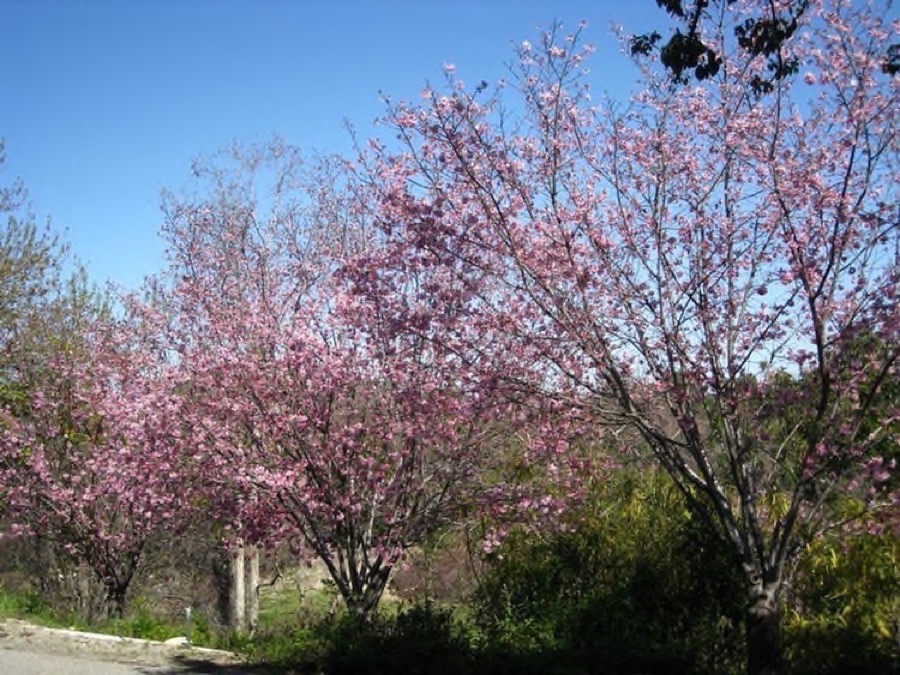
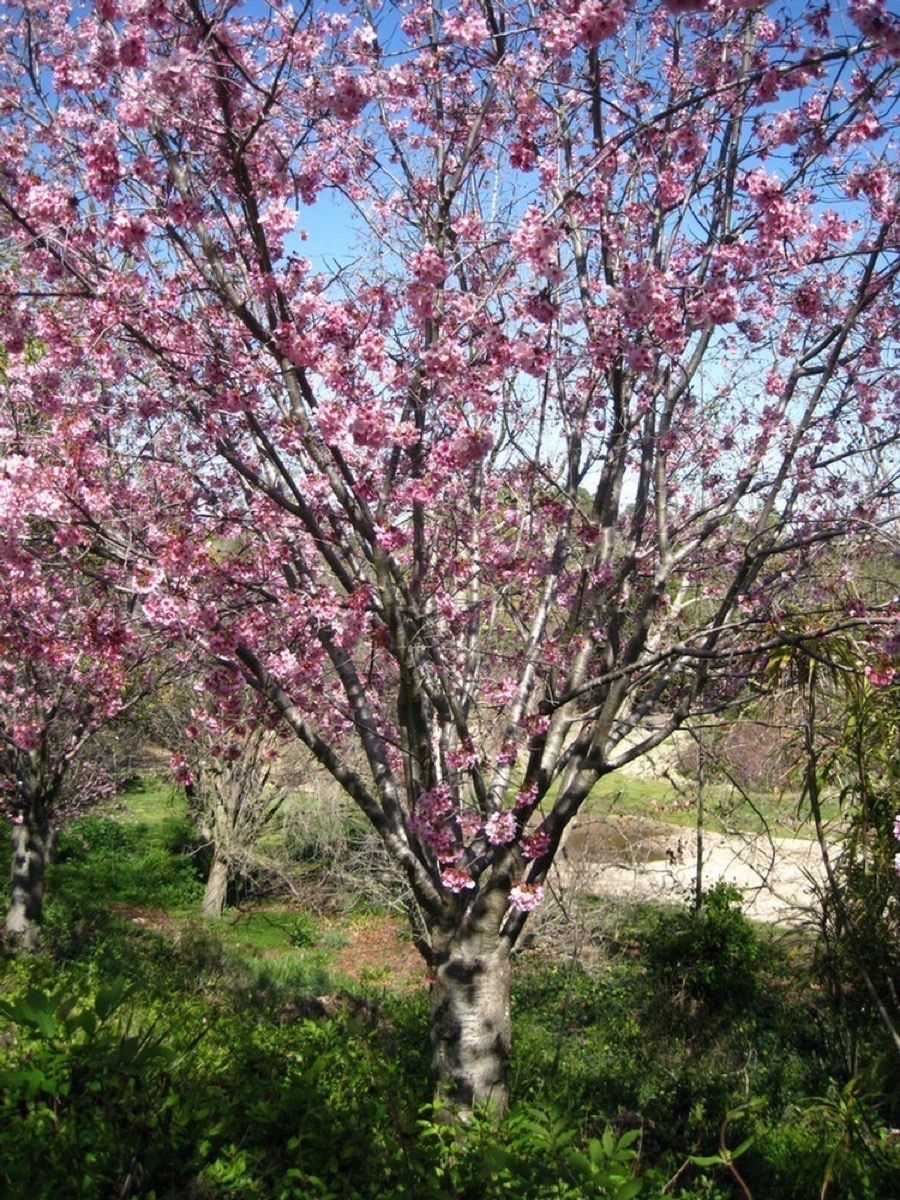

The paths are marked with signs
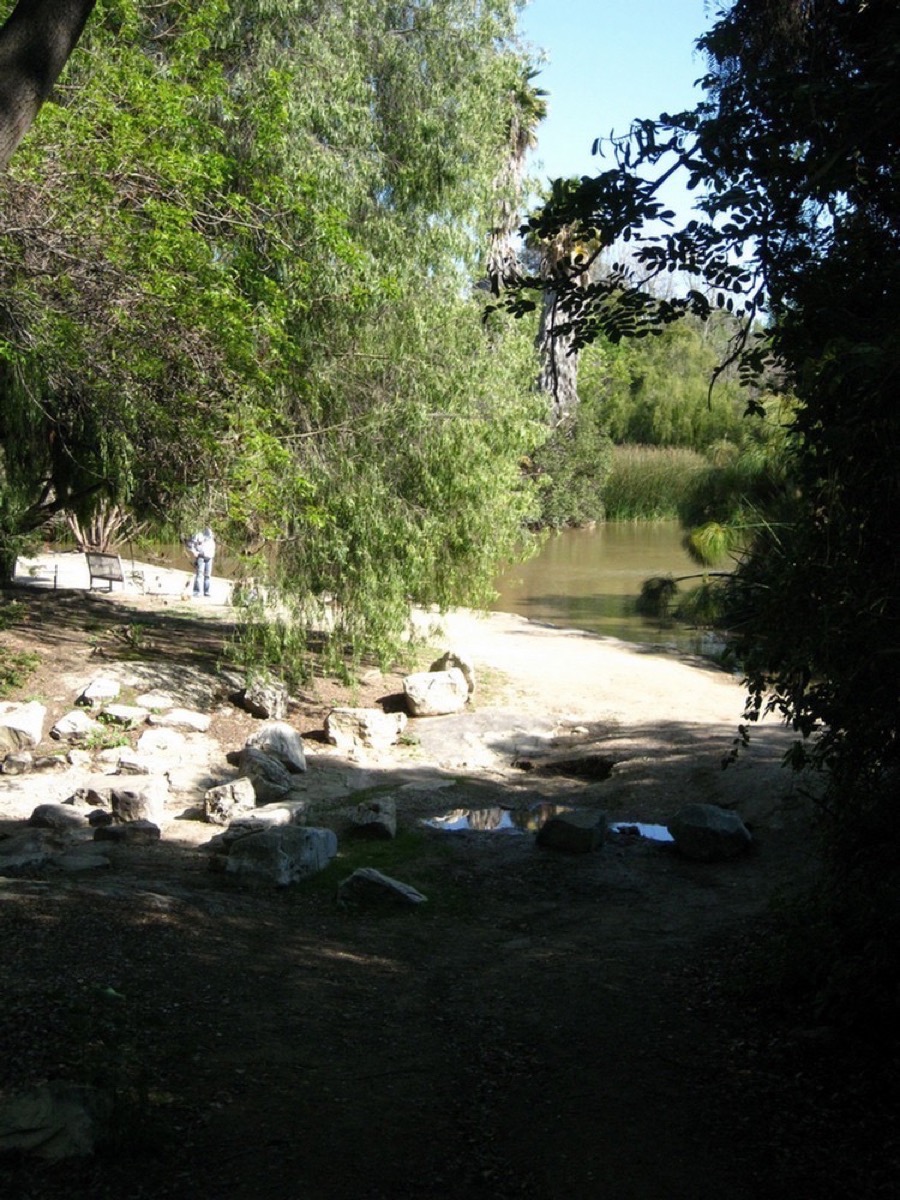
The lake was full of ducks


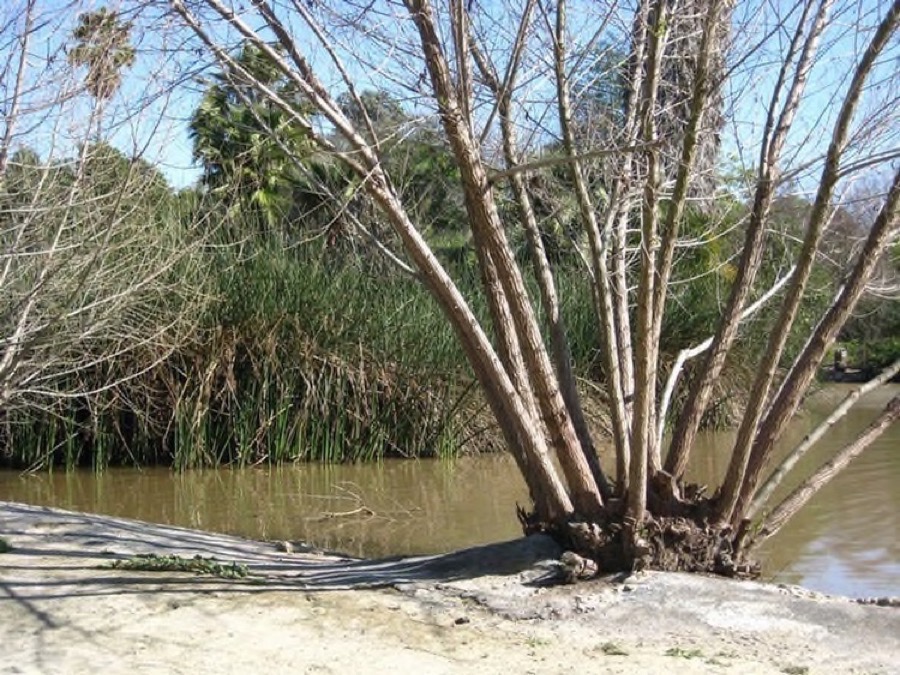
Reeds were almost overpowering
Did you know? - Reed is a generic botanical term used to describe numerous tall, often unrelated grass-like plants of wet places. Common reed commonly forms extensive stands (known as reed beds), which may be as much as a square kilometer or more in extent. Where conditions are suitable it can spread at 5 meters (16 ft) or more per year by horizontal runners, which put down roots at regular intervals. It can grow in damp ground, in standing water (up to a meter or so deep), or even as a floating mat. The erect stems grow to 2–6 meters (6 ft 7 in–19 ft 8 in) tall, with the tallest plants growing in areas with hot summers and fertile growing conditions.
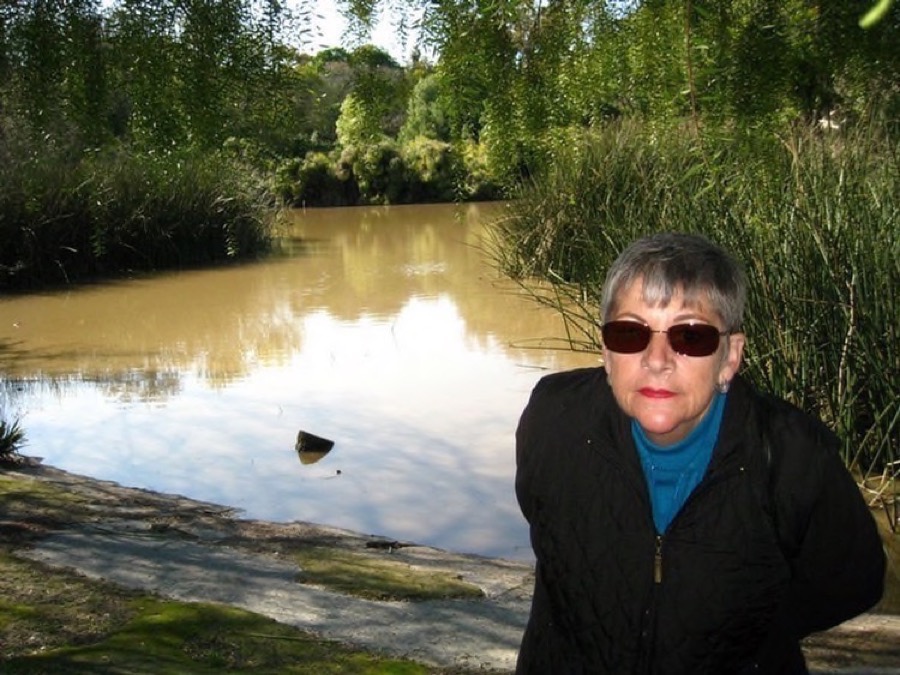
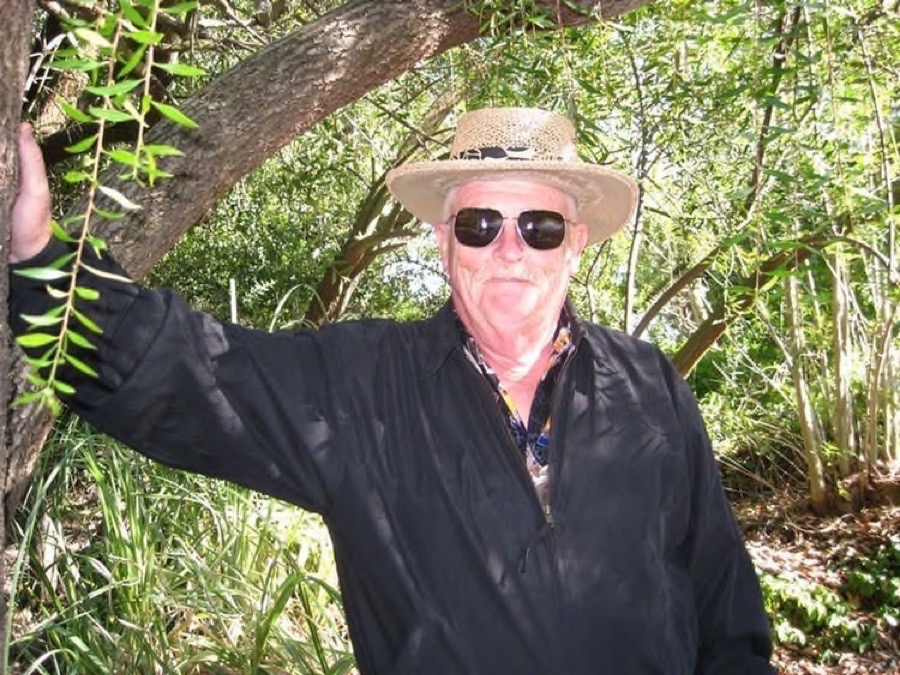
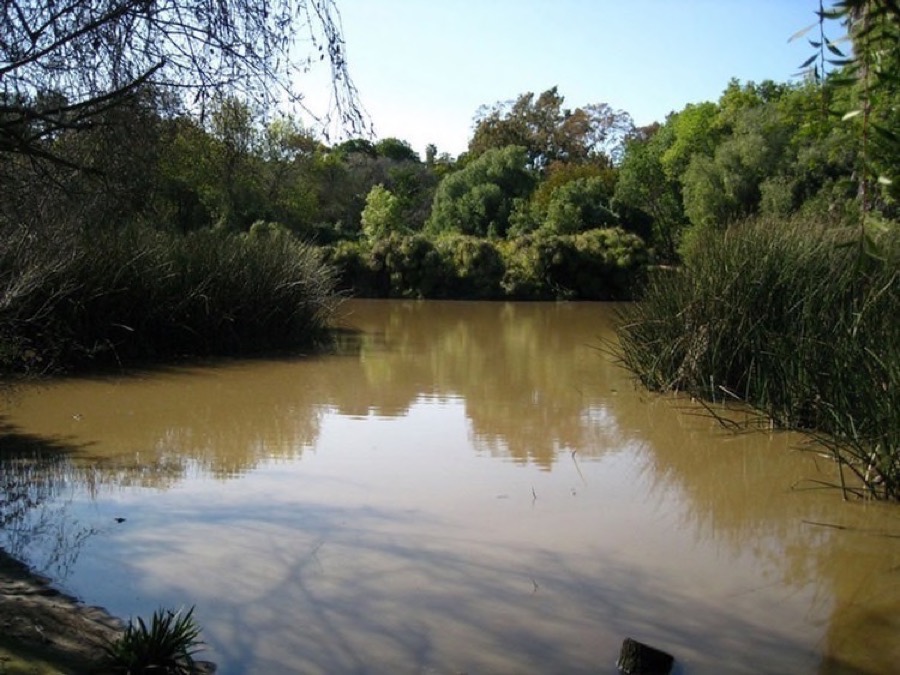
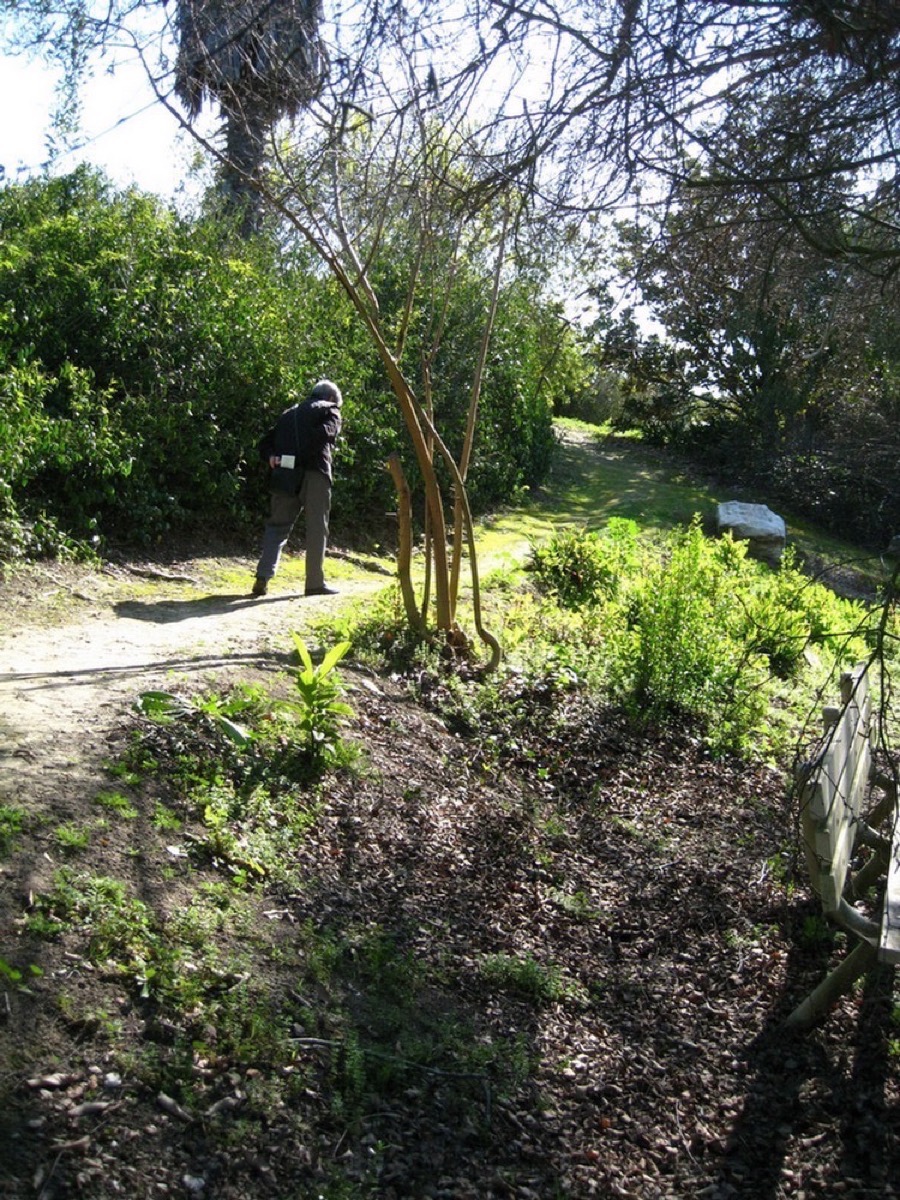
Trails go up and down the banks of the lake
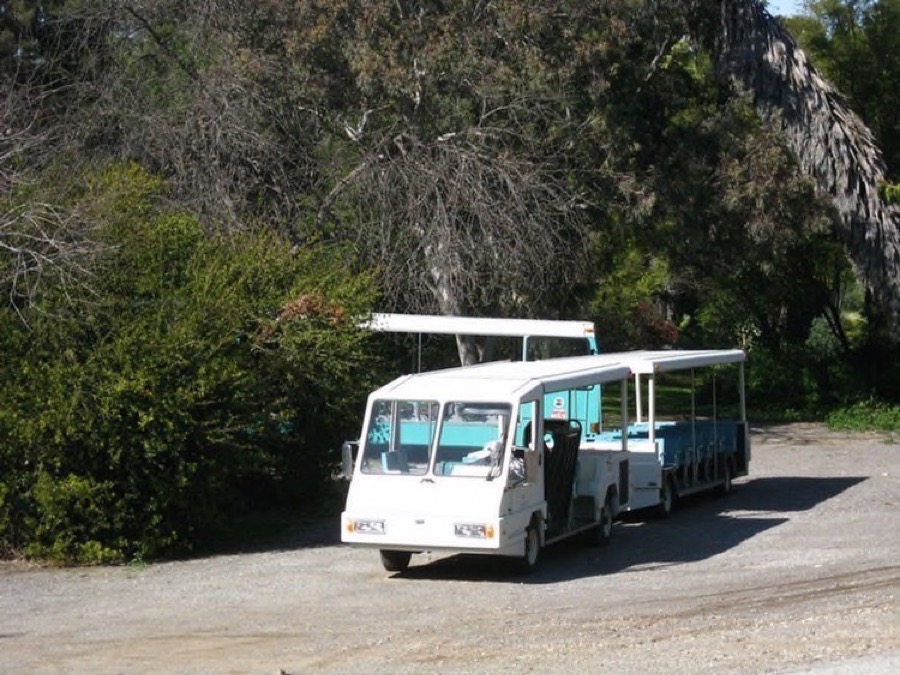
The trams run on the weekends
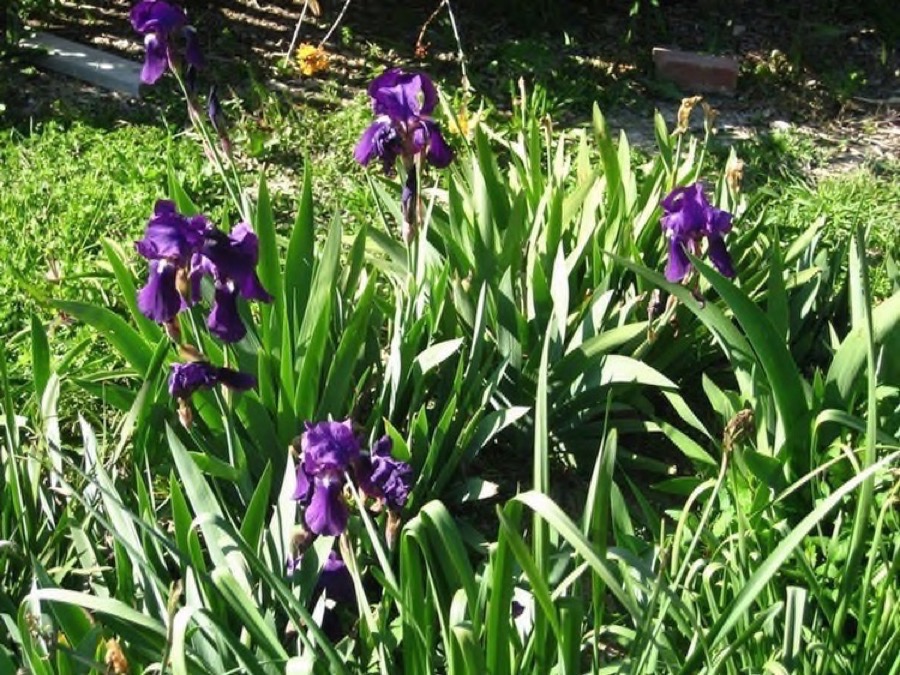
Talk about purple!
Did you know? - Iris is a genus of between 200–300 species of flowering plants with showy flowers. It takes its name from the Greek word for a rainbow, referring to the wide variety of flower colors found among the many species. As well as being the scientific name, iris is also very widely used as a common name; for one thing, it refers to all Iris species, though some plants called thus belong to other closely related genera.

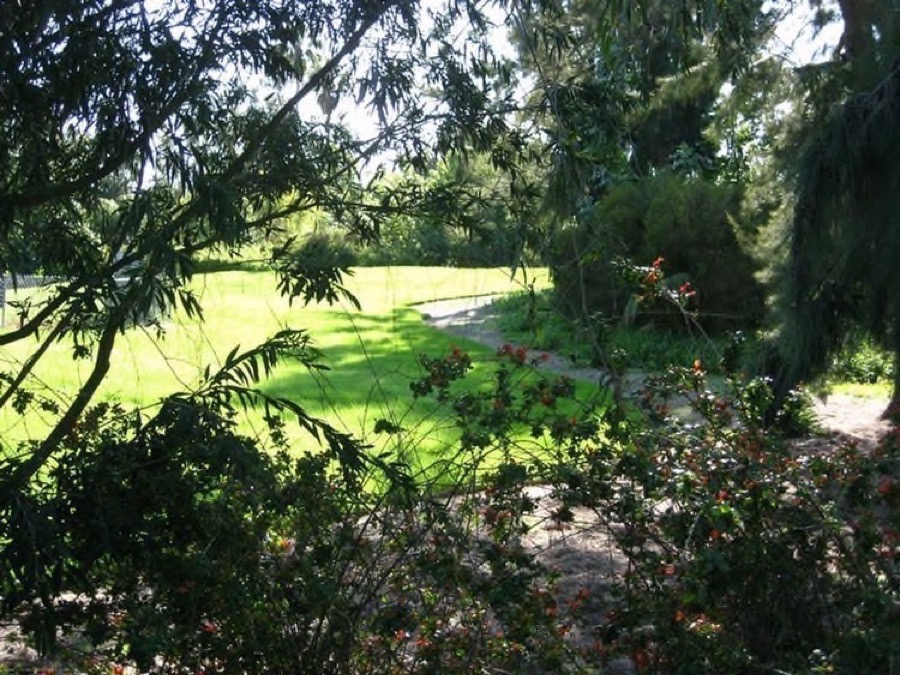
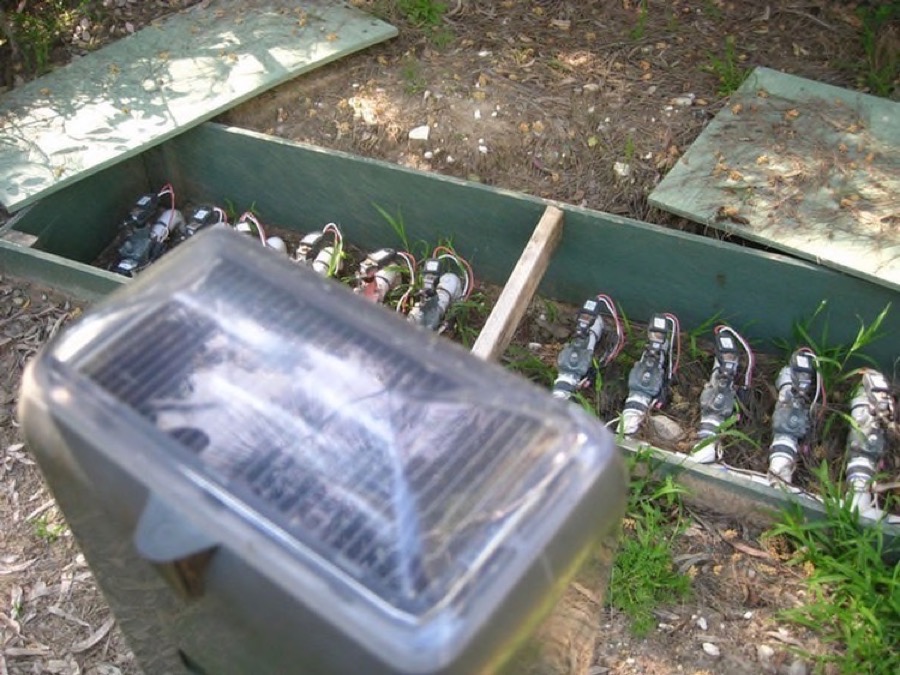
Solar powered controllers run the sprinkler systems!


This moss covered path was fun to walk
Did you know? - Mosses are small, soft plants that are typically 1–10 cm (0.4-4 in) tall, though some species are much larger. They commonly grow close together in clumps or mats in damp or shady locations. They do not have flowers or seeds, and their simple leaves cover the thin wiry stems. At certain times mosses produce spore capsules which may appear as beak-like capsules borne aloft on thin stalks

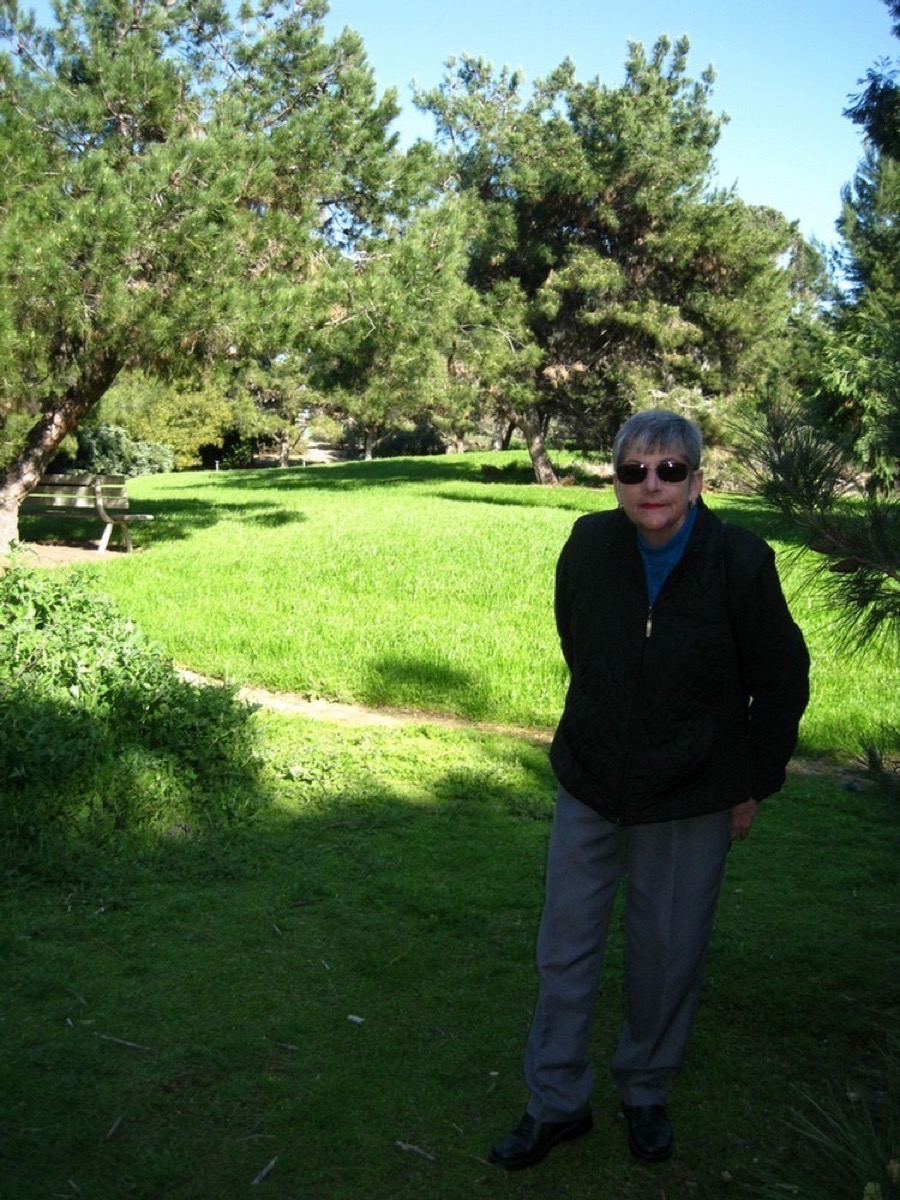
There
were many beautiful meadows
Did you know? - A meadow is a field vegetated primarily by grass and other non-woody plants (grassland). It may be cut for hay or grazed by livestock such as cattle, sheep or goats.

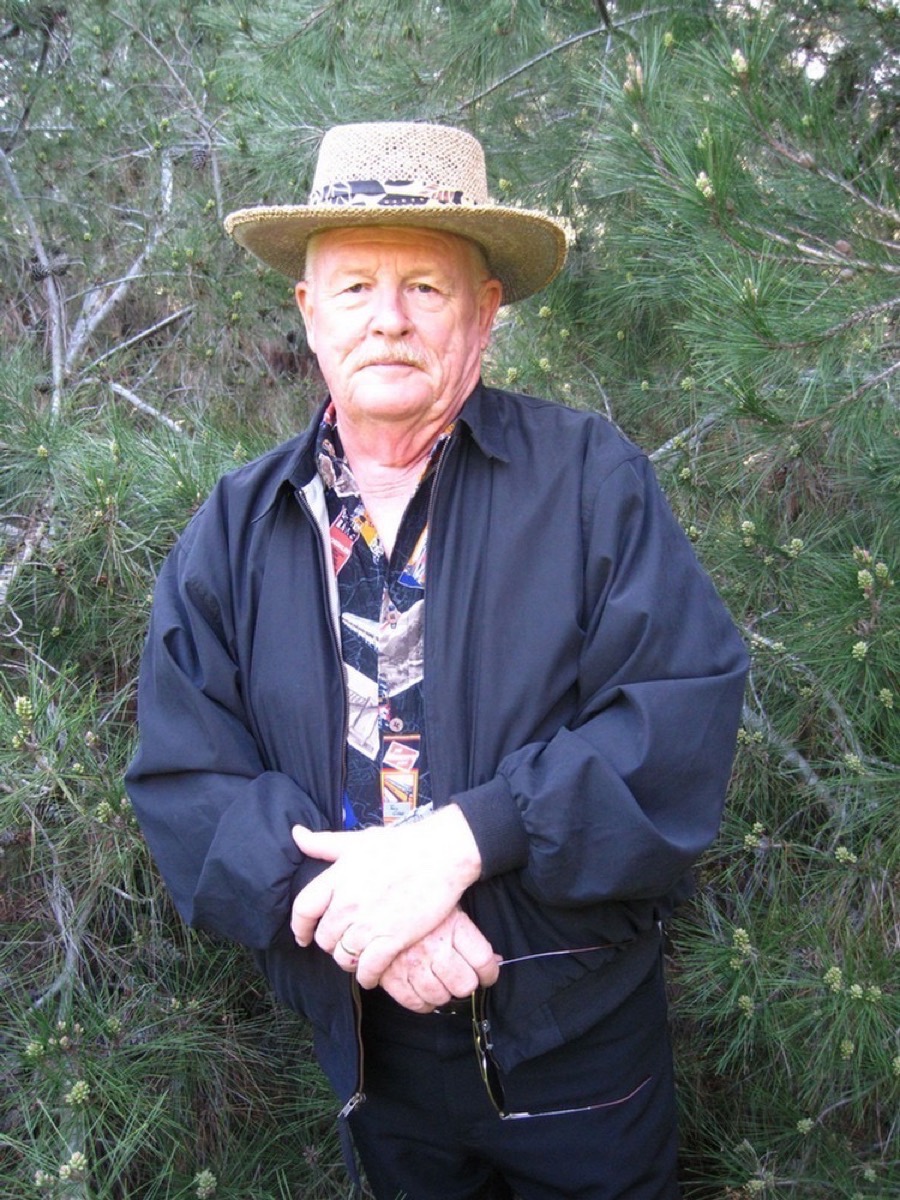
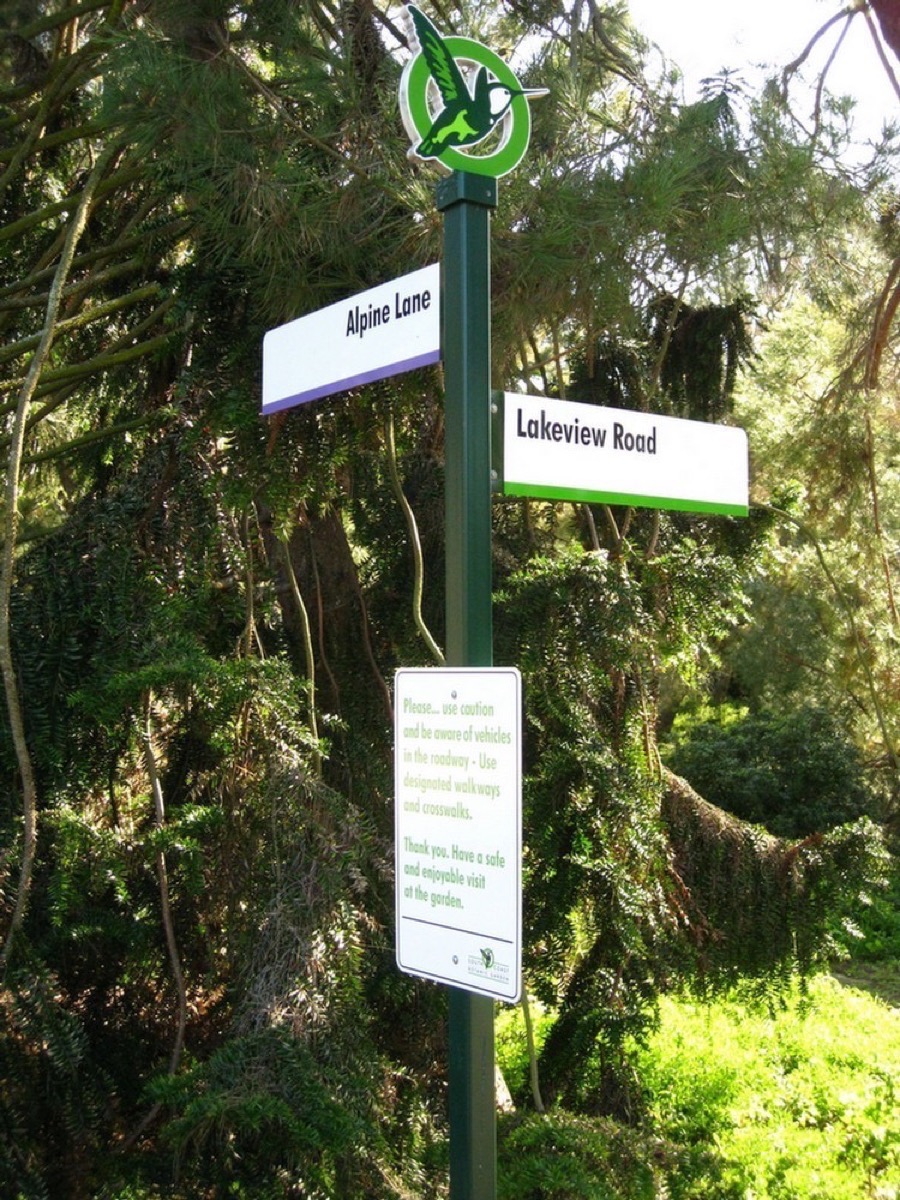
The Stream Crosses The Garden

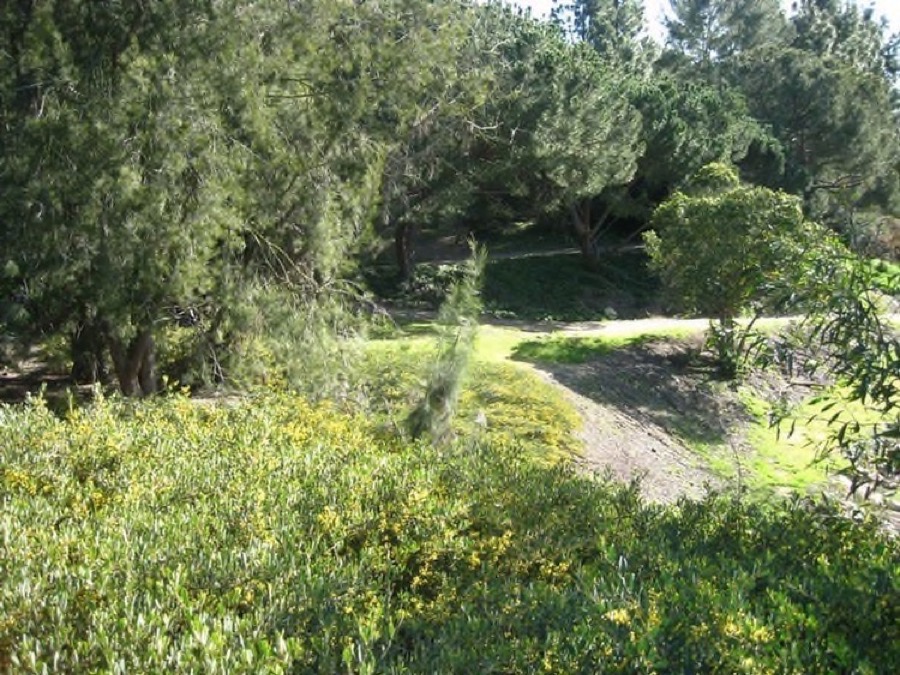

Not
a lot of water today
Did you know? - A stream is a flowing body of water with a current, confined within a bed and stream banks. Depending on its locale or certain characteristics, a stream may be referred to as a branch, brook, beck, burn, creek, kill, lick, rill, river syke, bayou, rivulet, or run. In some countries or communities a stream may be defined by its size. In the United States a stream is classified as a watercourse less than 60 feet (18 meters) wide.
Streams are important as conduits in the water cycle, instruments in groundwater recharge, and they serve as corridors for fish and wildlife migration. The biological habitat in the immediate vicinity of a stream is called a riparian zone.
Given the status of the ongoing Holocene extinction, streams play an important corridor role in connecting fragmented habitats and thus in conserving biodiversity. The study of streams and waterways in general is known as surface hydrology and is a core element of environmental geography

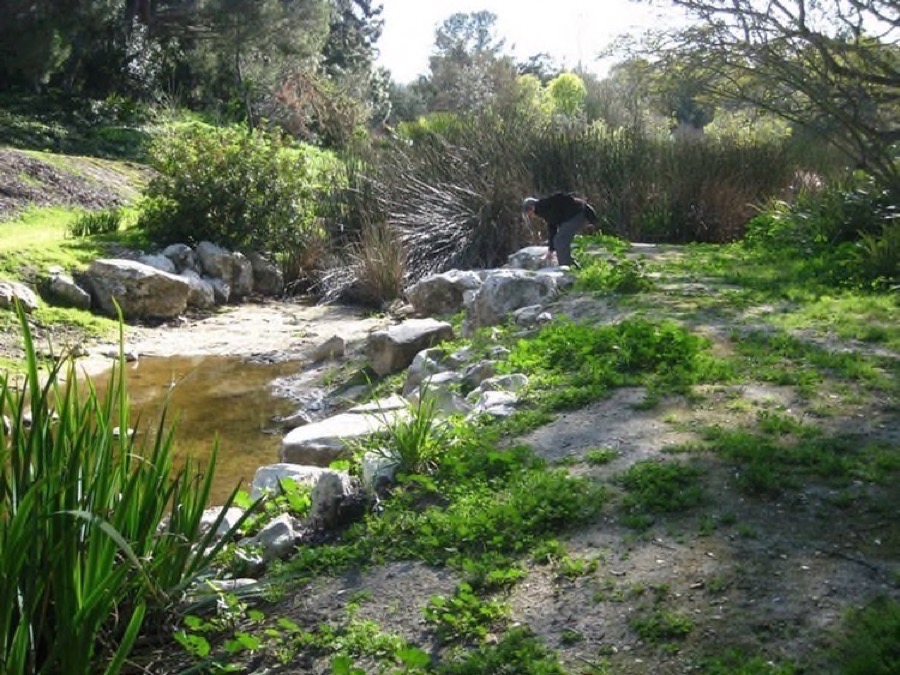

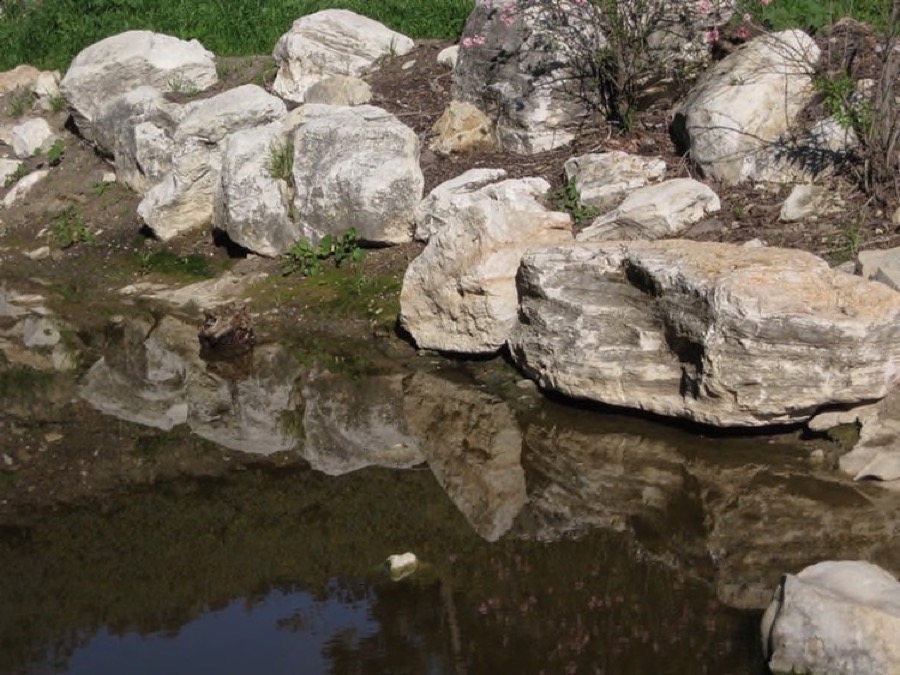
Reflections
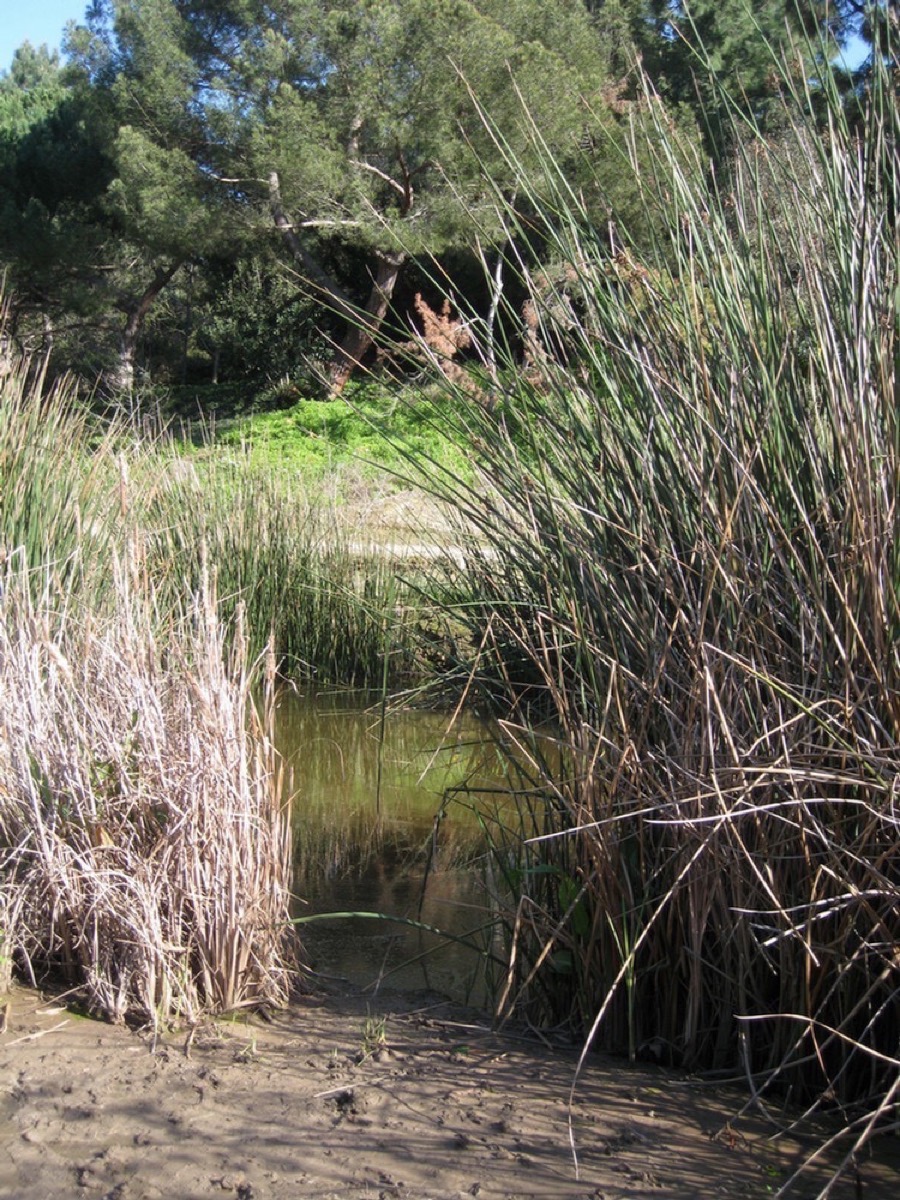
We kept hearing something so we walked closer to the water
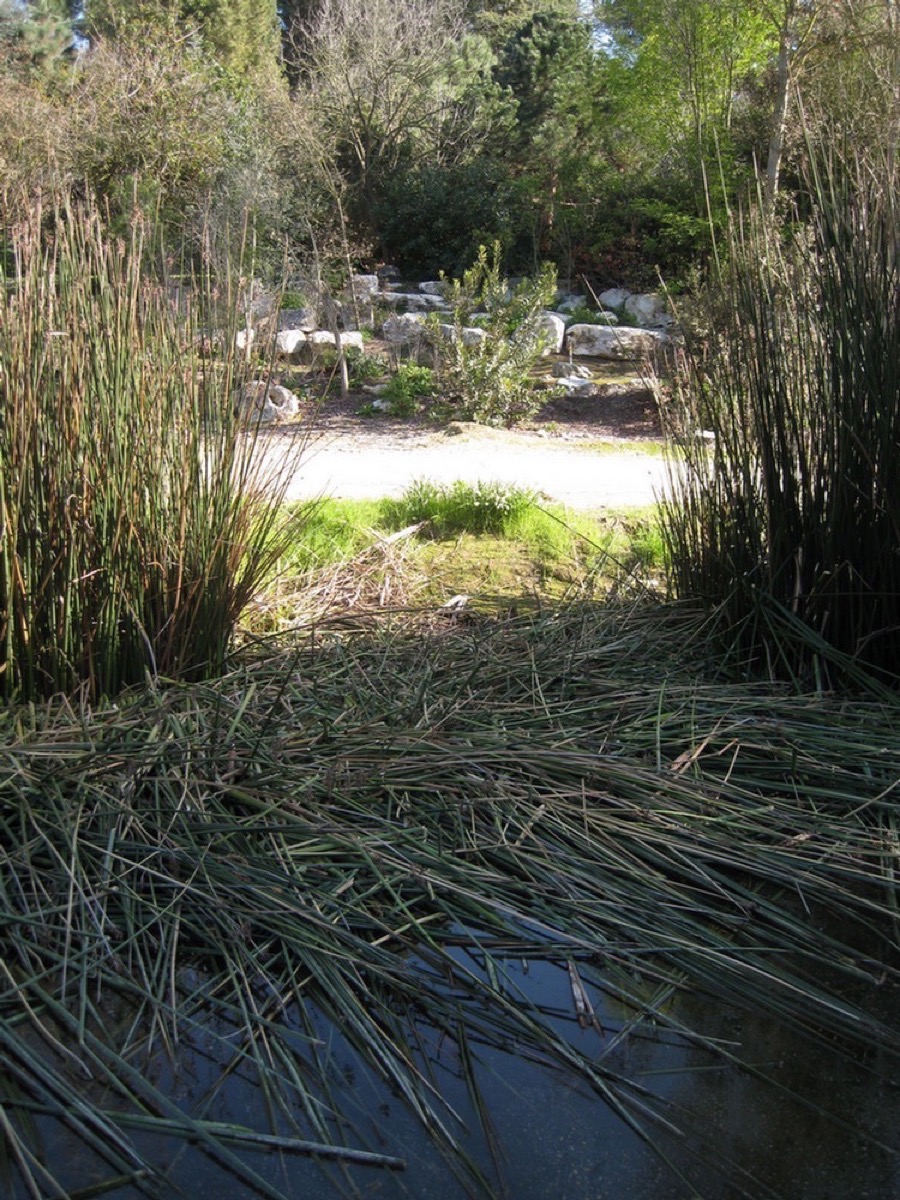
The noise came from the reeds
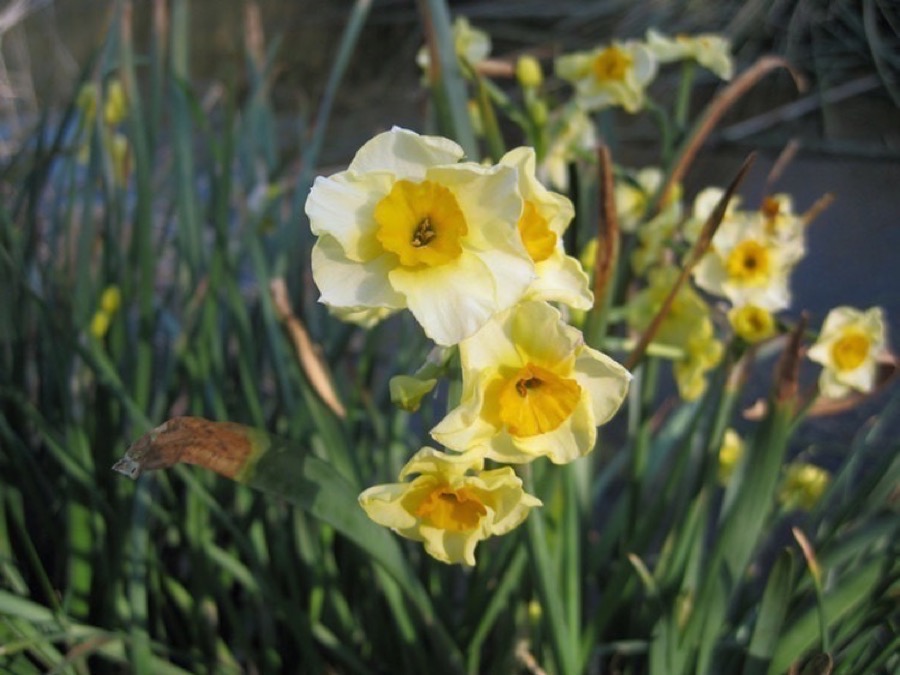
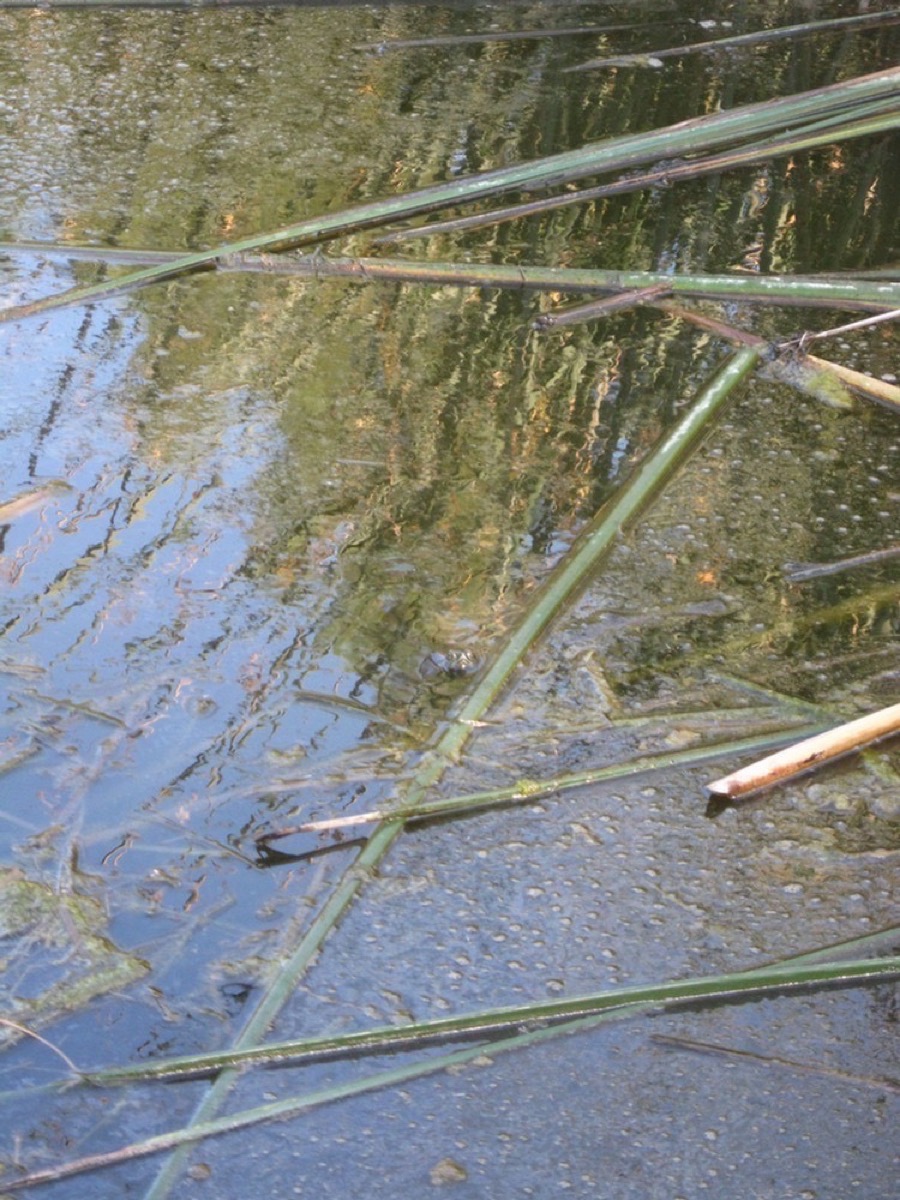 Look
carefully for the turtle
Look
carefully for the turtle

Nose up for air but hiding from us


See the shell?

Did you know? - The upper shell of the turtle is called the carapace. The lower shell that encases the belly is called the plastron. The carapace and plastron are joined together on the turtle's sides by bony structures called bridges. The inner layer of a turtle's shell is made up of about 60 bones that includes portions of the backbone and the ribs, meaning the turtle cannot crawl out of its shell. In most turtles, the outer layer of the shell is covered by horny scales called scutes that are part of its outer skin, or epidermis. Scutes are made up of a fibrous protein called keratin that also makes up the scales of other reptiles. These scutes overlap the seams between the shell bones and add strength to the shell. Some turtles do not have horny scutes. For example, the leatherback sea turtle and the soft-shelled turtles have shells covered with leathery skin instead.
The rigid shell means that turtles cannot breathe as other reptiles do, by changing the volume of their chest cavity via expansion and contraction of the ribs. Instead, turtles breathe in two ways. First, they employ buccal pumping, pulling air into their mouth then pushing it into the lungs via oscillations of the floor of the throat. Secondly, by contracting the abdominal muscles that cover the posterior opening of the shell, the internal volume of the shell increases, drawing air into the lungs, allowing these muscles to function in much the same way as the mammalian diaphragm.
Next Page